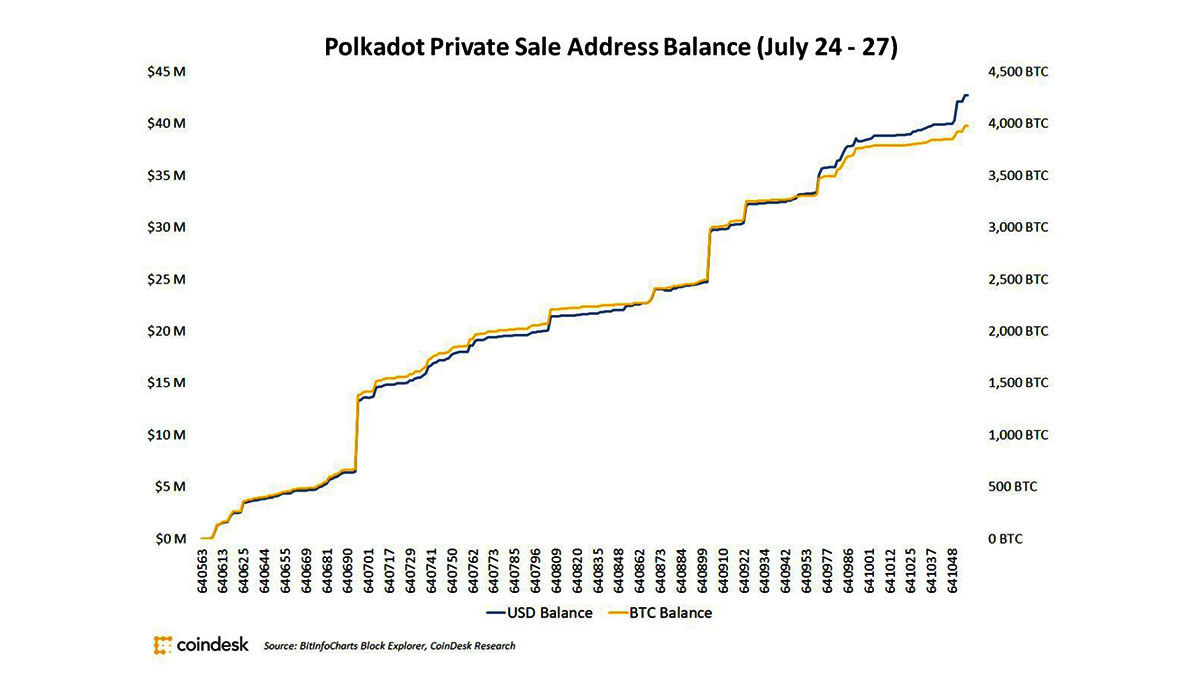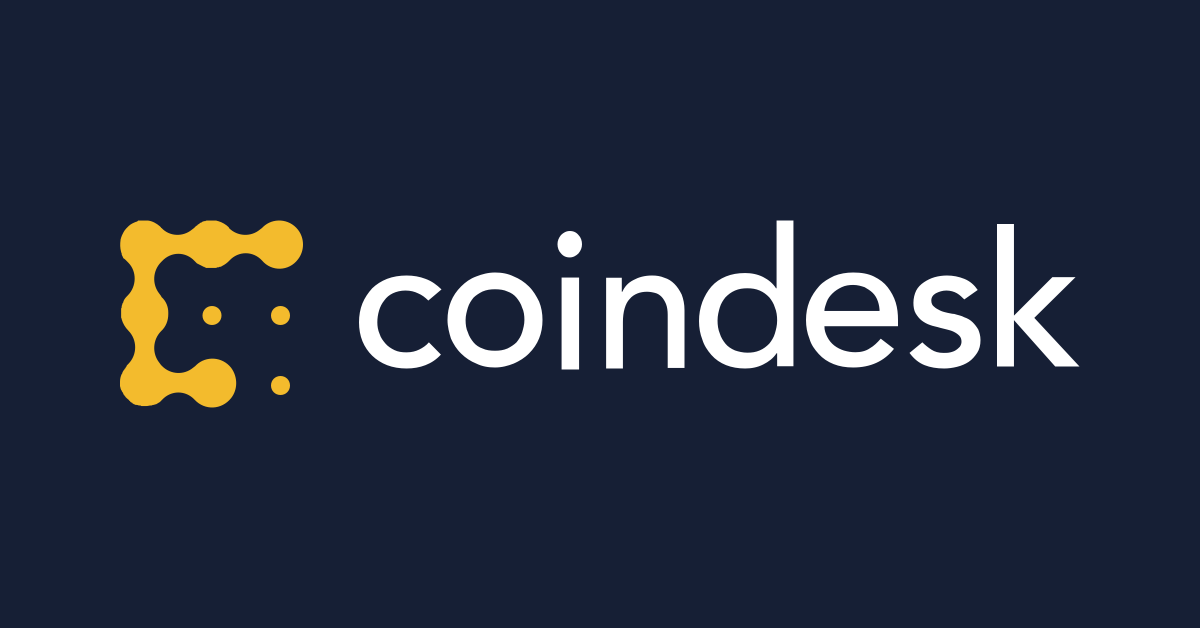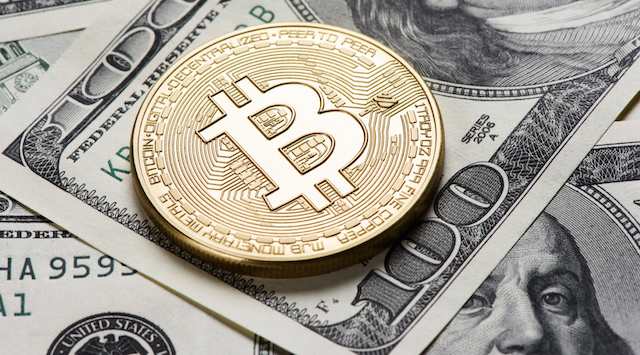Stablecoins: A Potential Counter to De-Dollarization
As the global economy continues to absorb geopolitical tensions, we see increasing speculation that the U.S. dollar’s global dominance could wane, with a steady decline in the dollar’s share of central bank reserves and increasing de-dollarization efforts among BRICS nations (Brazil, Russia, India, China and South Africa) and other emerging markets.
Yiannis Giokas is senior director of production innovation at Moody’s Analytics.
While the dollar is likely to remain the dominant reserve currency globally in the near future, domestic and foreign policies could erode its overall dominance. Amid these shifts, U.S. regulated fiat-backed stablecoins may offer a novel counter-narrative that can enhance the dollar’s global power and mitigate the impacts of de-dollarization.
The current global economic landscape is marked by an increased tendency among nations to diversify their reserves away from the U.S. dollar, exacerbated by the Federal Reserve’s rate hikes to tackle domestic inflation. Small, but growing allocations to other major currencies, have reduced the U.S. dollar’s share of central bank holdings to 58% in the last quarter of 2022, from 71% in 2000.
Concurrently, the shadow economy — a sector comprising economic activities that are not officially recorded in a country’s gross domestic product (GDP) due to their illicit nature or the desire to avoid taxes and regulations — continues to be a significant part of many economies. Here, the U.S. dollar often serves as a preferred medium of exchange due to its stability and widespread acceptance.
For example, in countries with high inflation like Turkey and Argentina, with rates of 38.2% and 115.6% (as of June 2023), respectively, residents scramble to convert their income and savings into U.S. dollars for protection. Meanwhile, they face capital controls limiting foreign currency holdings and a central bank-set currency exchange rate that may undervalue their currency by up to 50%, as witnessed with Argentina’s peso.
Consequently, everyday consumers have been utilizing decentralized finance (DeFi), seeking refuge in stablecoins — digital representations of a fiat currency — thus overcoming these economic constraints.
[T]okens could provide an additional tool for maintaining the global financial influence of the U.S. dollar.
Amid this complexity, U.S. regulated fiat-backed stablecoins present a potential solution. These digital tokens are pegged to the value of a fiat currency, typically the U.S. dollar, and are designed to maintain a stable value relative to the underlying asset. They can offer the stability of the U.S. dollar combined with the flexibility and technological advantages of cryptocurrency, providing a novel financial tool that can help solidify the dollar’s position in the global economy.
As the regulatory landscape around stablecoins in the U.S. evolves, it is becoming clear that these digital assets could play a critical role in mitigating the impact of de-dollarization of the global economy, which, if left unchecked, could cause inflationary and cost of borrowing pressures for the U.S.
Recent inquiries from the U.S. Senate’s Banking, Housing and Urban Affairs Committee to stablecoin issuers like Tether and Circle highlight the growing awareness of the potential risks as well as benefits associated with these digital tokens.
Jeremy Allaire, the CEO of Circle, has noted that well-regulated stablecoins can help reinforce the U.S. dollar’s position in the global economy. He argues that if the Federal Reserve can gain control over non-bank stablecoin issuers, it can ensure these tokens are backed by secure assets, such as dollars or Treasury bills. This move could facilitate the introduction of a digital dollar into the core global economy, providing a robust counter to non-dollar trade regimes.
Furthermore, U.S. regulated fiat-backed stablecoins could play a significant role in countries in which the dollar is currently widely-used outside the formal economy i.e. the shadow economy.
By replacing shadow U.S. dollars with blockchain-trackable digital tokens, these stablecoins could offer a more transparent and regulated alternative for transactions, thereby reducing the risks associated with the shadow economy.
That said, as private enterprises, stablecoin issuers may be subject to fewer restrictions than alternatives such as central bank digital currencies (CBDCs) or tokenized deposits when expanding into new markets. This provides them with greater flexibility and potential for growth, if they comply with their U.S. regulatory obligations.
In conclusion, U.S. regulated fiat-backed stablecoins offer a potential strategy to counter de-dollarization efforts. By leveraging the stability of the U.S. dollar and the flexibility of digital currencies, these tokens could provide an additional tool for maintaining the global financial influence of the U.S. dollar.
Edited by Daniel Kuhn.









